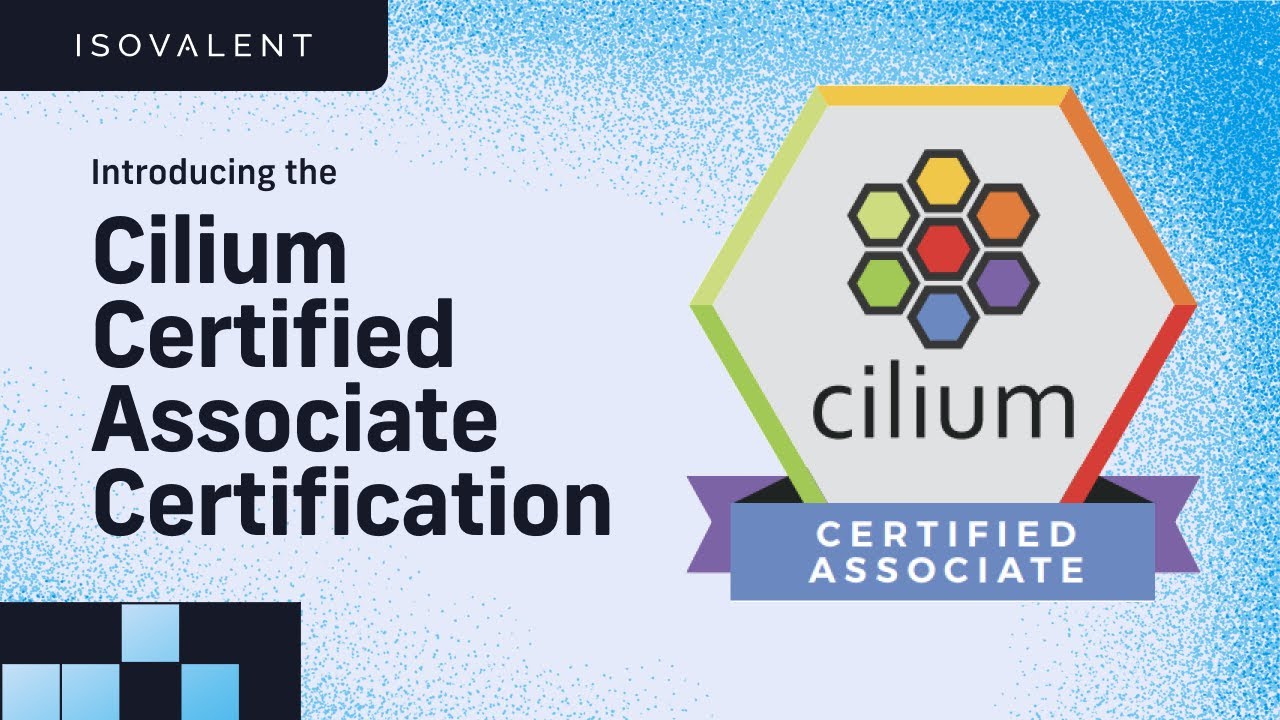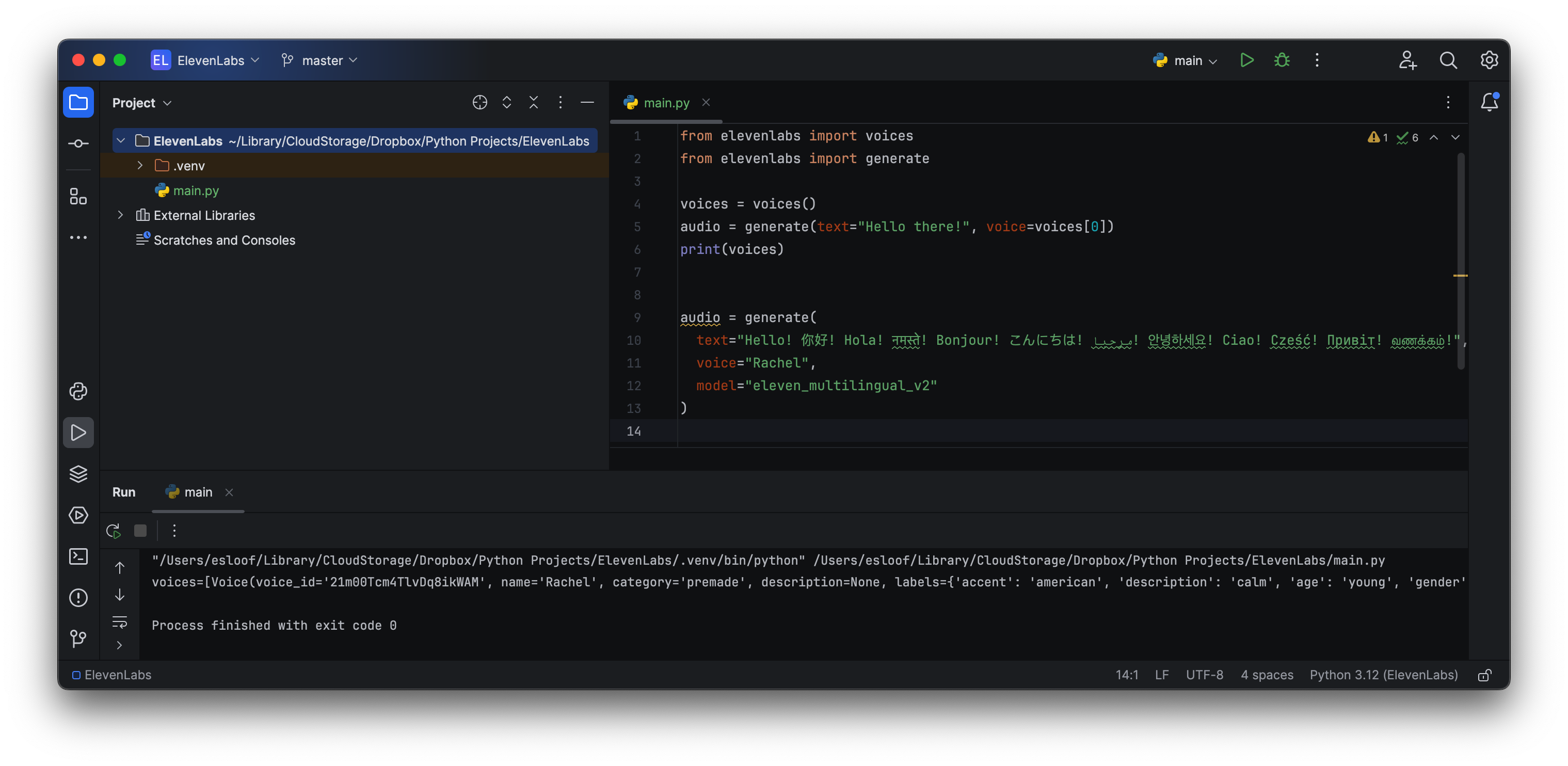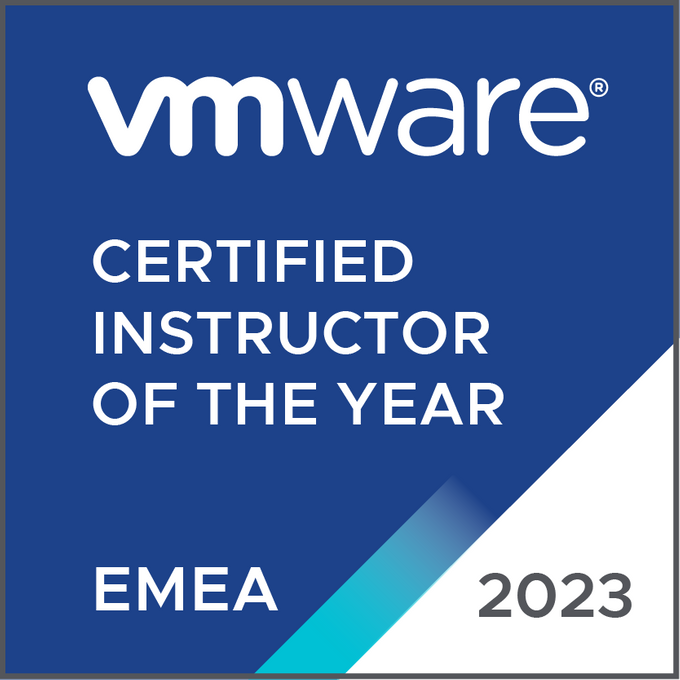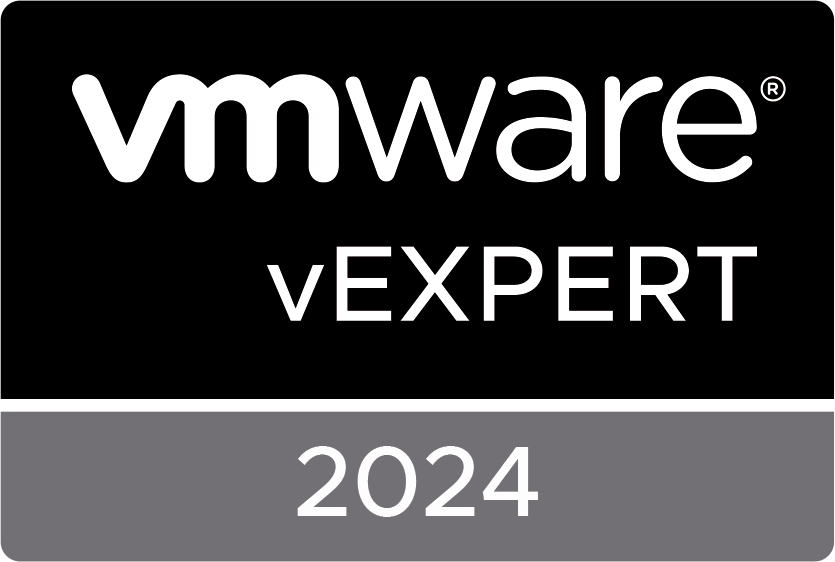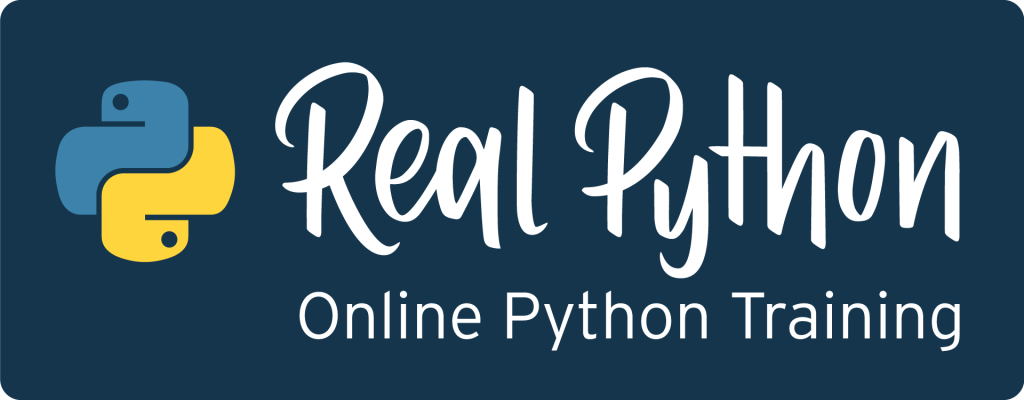In the ever-evolving landscape of smart home technology, one term has been steadily gaining momentum: Matter. As a universal standard for connected home devices, Matter promises to revolutionize how our devices communicate, making smart homes more interconnected, secure, and accessible than ever before. In this article, we delve into various aspects of the Matter standard and its implementation across different devices and platforms.
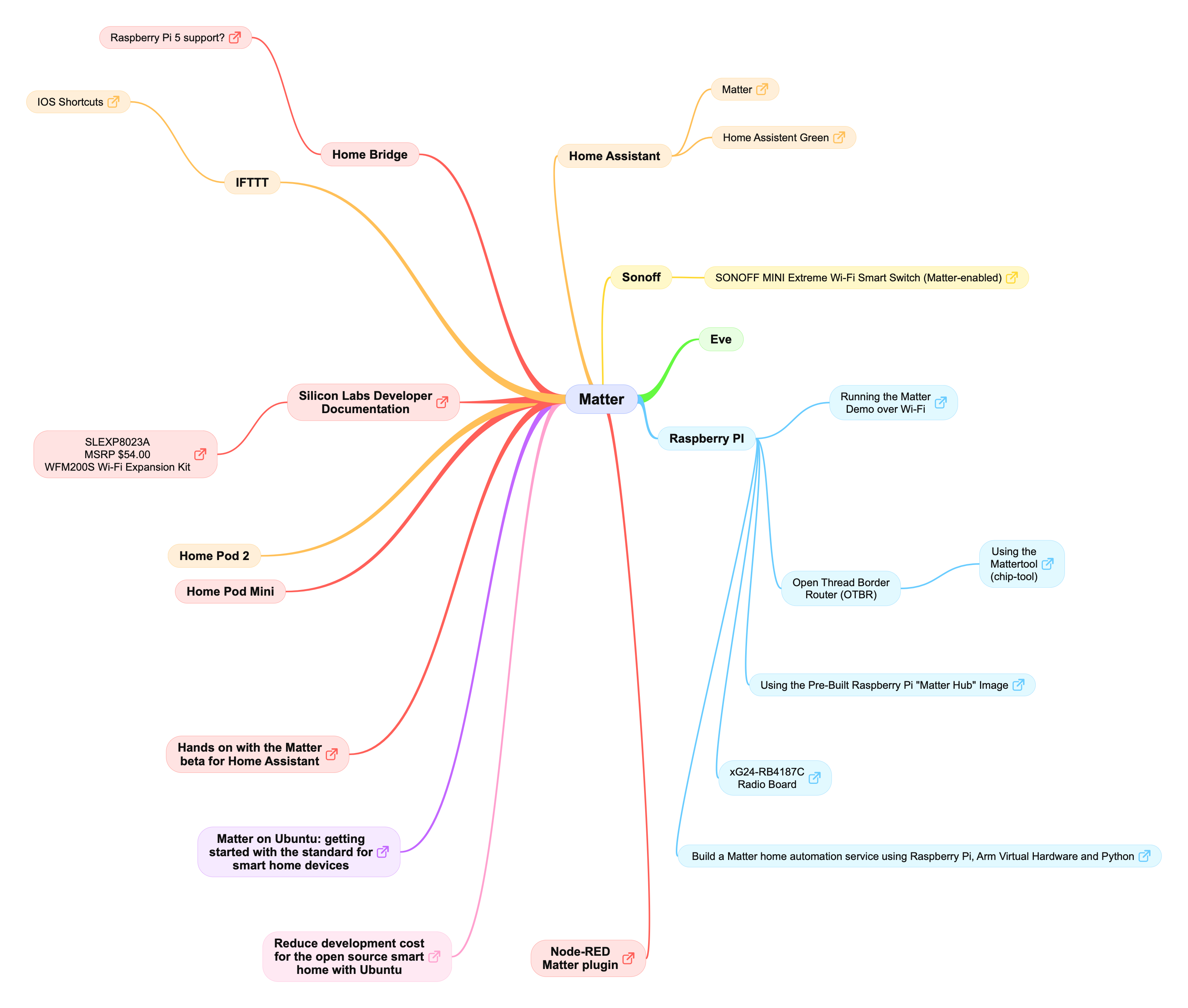
1. The Heart of Matter: Home Pod Mini and Home Pod 2
The journey into the Matter-enabled world begins with the Home Pod Mini and Home Pod 2. These devices are not just speakers; they are the central hubs that bring the smart home ecosystem to life. With Matter compatibility, these devices ensure seamless integration and interoperability with a wide range of smart home gadgets.
2. Sonoff's Innovation: The SONOFF MINI Extreme
A notable mention in the Matter-compatible device list is the SONOFF MINI Extreme Wi-Fi Smart Switch. This compact device allows users to control their home appliances remotely, adding convenience and efficiency to everyday tasks.
3. Eve: Simplifying Smart Home Automation
Eve's range of Matter-compatible devices further simplifies home automation. Although details on specific products are not outlined, Eve's reputation in the smart home market suggests an exciting range of Matter-enabled devices.
4. Raspberry Pi: The DIY Approach to Matter
The Raspberry Pi offers a more hands-on approach to Matter. From building a Matter home automation service to running the Matter Demo over Wi-Fi, Raspberry Pi serves as a versatile platform for developers and enthusiasts alike. It highlights projects like the Open Thread Border Router, using the Mattertool, and building a Matter Hub using Raspberry Pi.
5. Expanding Horizons with Matter on Ubuntu
Matter's flexibility extends to different operating systems, with Ubuntu emerging as a strong platform for developing Matter-compatible devices. This opens avenues for reducing development costs and encourages innovation in open-source smart home solutions.
6. Node-RED and Home Assistant: User-Friendly Interfaces
Node-RED Matter plugin and Home Assistant's beta for Matter introduce user-friendly interfaces for managing and automating smart home devices. These platforms make it easier for non-technical users to enjoy the benefits of Matter.
7. Silicon Labs and Home Bridge: Expanding the Ecosystem
Silicon Labs' Developer Documentation and products like the SLEXP8023A and WFM200S Wi-Fi Expansion Kit demonstrate the growing hardware support for Matter. Home Bridge's discussion on Raspberry Pi 5 support further indicates the expanding ecosystem.
8. IFTTT and IOS Shortcuts: Simplifying Automation
Finally, IFTTT and IOS Shortcuts represent the bridge between Matter devices and wider automation possibilities, allowing users to create custom scenarios and control their smart homes in unique ways.
Conclusion
Matter is not just a standard; it's a gateway to a more unified, secure, and user-friendly smart home experience. As we witness more devices and platforms embracing Matter, the dream of a truly interconnected smart home is becoming a reality. Stay tuned as this exciting technology continues to evolve, promising a smarter, more connected future for us all.
You can get a copy of the mind-map here.
Continue reading "Exploring the World of Matter: The Future of..." »
